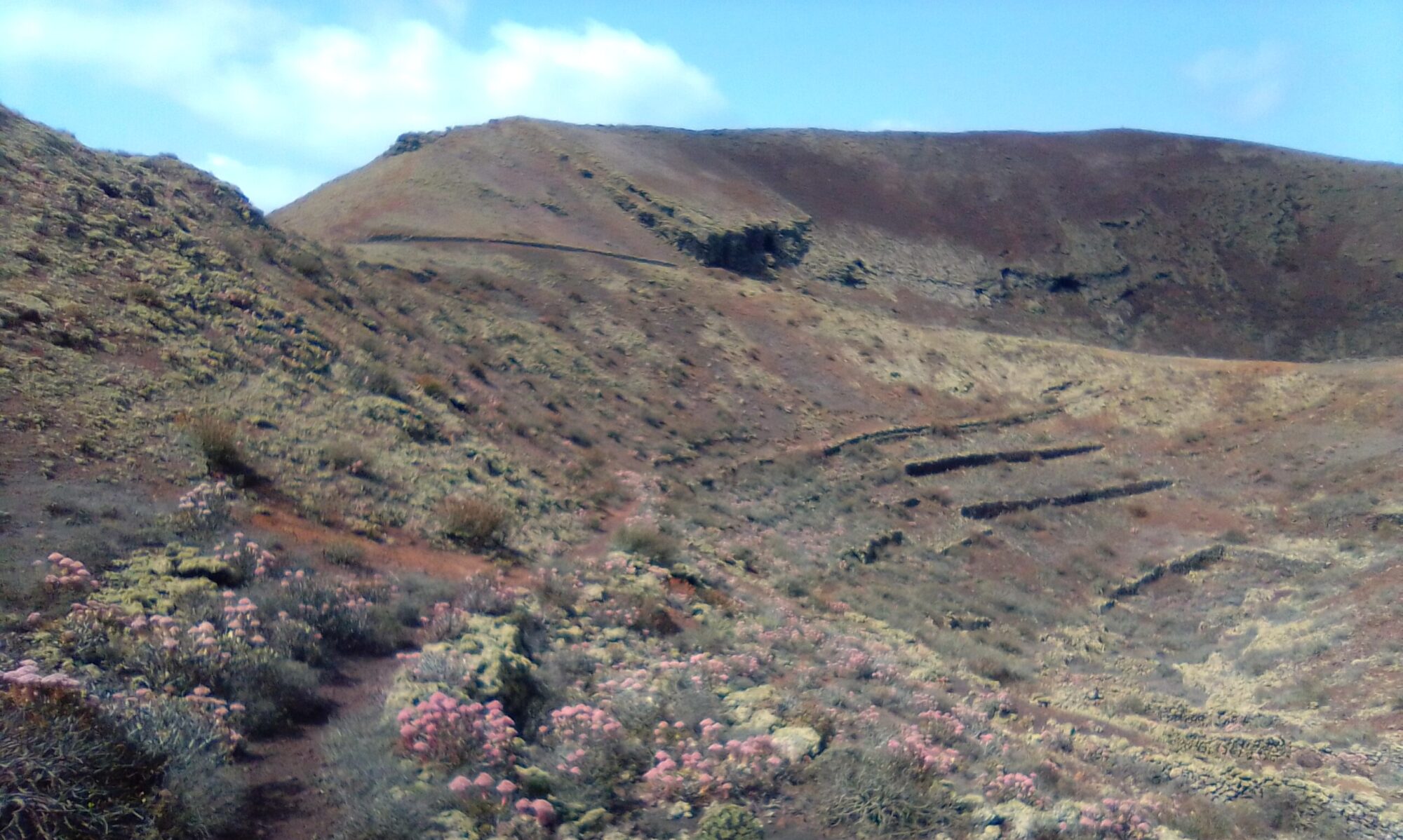
First appearance of the Virgin of Las Nieves
The site of Ermita de las Nieves has borne this name for about 1669 years. The first appearance of the Virgin of the Snows is recorded at the time of the Liberian papacy. Pope Liberius (310 – 24 September 366) was the bishop of Rome from 17 May 352 until his death. The story tells about a marriage between Roman nobility, they were already very old and had no children.
They were a pious couple and prayed to the Virgin Mary to tell them what to do with their inheritance, since they had no descendants. Their intention was to put the assets to good Christian use.
The story says that the Virgin manifested herself to them to build a house of worship for the parishioners of the area. It is said that the vison showed them the exact place where they should build the Temple .
The story also says that the Virgin predicted a great snowfall that would occur in August. This is why it is known as Ermita de las Nieves (Hermatage of the snows). The Temple was rebuilt by order of Pope Sixtus III who was the bishop of Rome from 31 July 432 to his death on 18 August 440.
It is believed that when the Temple collapsed, several of the pieces of the Virgin ended up in the sea until they reached other places such as Las Palmas.
Patroness of Lanzarote
Currently Lanzarote is patronized by the Virgen de los Dolores considered the Lady of the Volcanoes. But historically the Virgen de las Nieves was the first to be named as patron saint of Lanzarote in 1725 .
Although currently the Virgen de las Nieves has less relevance than the Virgen de los Dolores, she has not yet been forgotten by the inhabitants of Teguise. Currently both are considered as patrons of Lanzarote .

Construction of the Ermita de las Nieves
At the time of the conquests, in the 15th century, around 20 hermitages were built on the island of Lanzarote. Amongst these the site of the old Temple ruins of Las Nieves was chosen.
According to the data taken from the book “Nuestra Señora de las Nieves”, this hermitage was burned and razed by a pirate attack around 1576. The Ermita de las Nieves was abandoned for at least 100 years until the parishioners decided to rebuild it. Thereare records that show by 1710 some work had been carried out:
- Reinforcement of ceilings and walls.
- Laying stone slabs on the floor.
- Restoration of the image of the Virgen de la Nieves.
By 1725, when the Virgen de las Nieves was declared the patron saint of Lanzarote, the hermitage was given more importance. However, over the years parishioners began to decline and the site once again fell into disrepair.

Ermita de las Nieves – A New Beginning
After the abandonment of the hermitage, in 1966 it was decided to demolish it completely. Since there was no way to do a restoration and it was likely the walls and ceiling could collapse.
The project was left in the hands of Enrique Spínola, a Lanzarote-born architect born in Teguise of great renown for the time. On the outside of the building you can see that the original cistern (Aljibe) is preserved, which is an underground water reservoir.
Upon entering the church first thing that stands out is the image of the Virgen de las Nieves herself. Outside the church we have the stunning views of Caleta de Famara, the Chinijo Archipelago and the Bay of Penedo.
Celebration of the pilgrimage of Las Nieves
Although for several decades the celebrations to commemorate the Virgen de las Nieves were quite intermittent, currently they are held every year. Every August 5 people gather in the hermitage and there is a procession and there are musical performances in Teguise.
Walks In This Area
This is a great place for hiking. The church is serviced by a good dirt from either Haria or Teguise. The circular walk Cueva de las Cabras can easily accommodate a visit to Ermita de las Nieves.
Teguise History
The Historia de Teguise website has an article on the church of Las Nieves.
